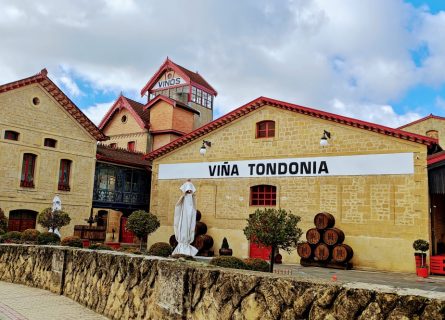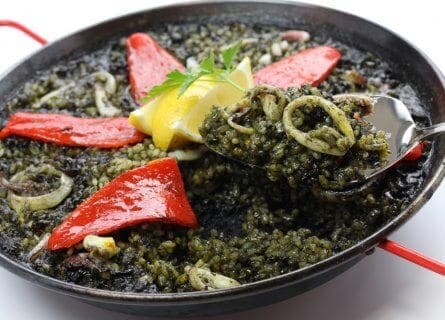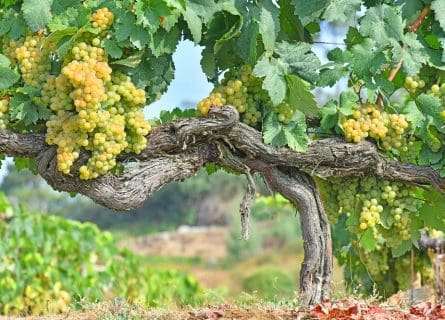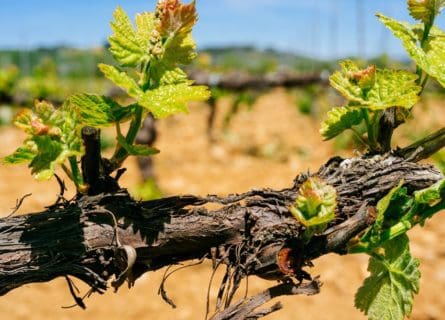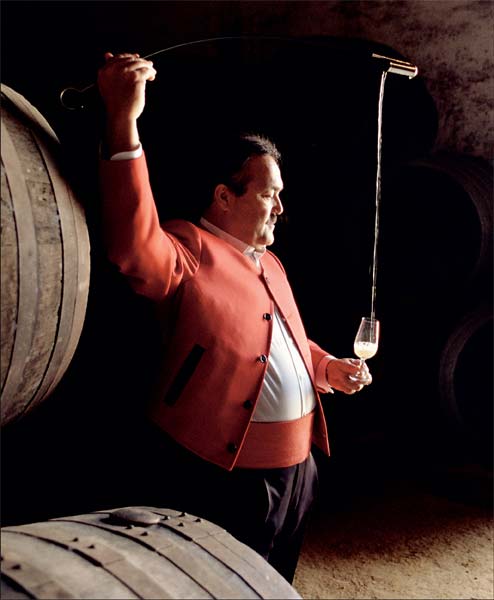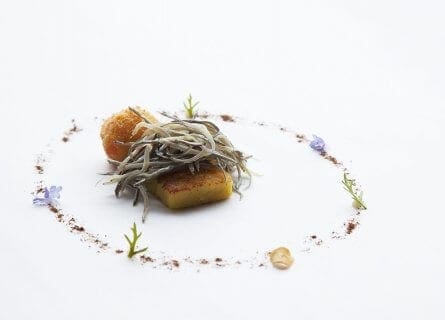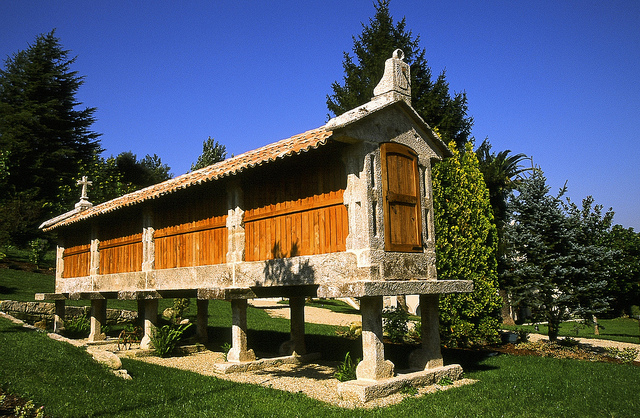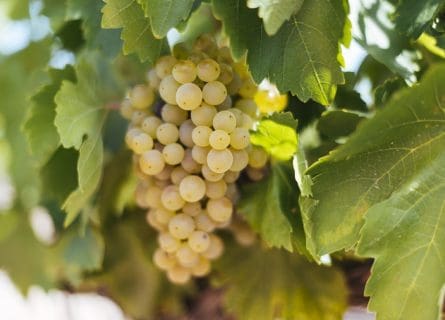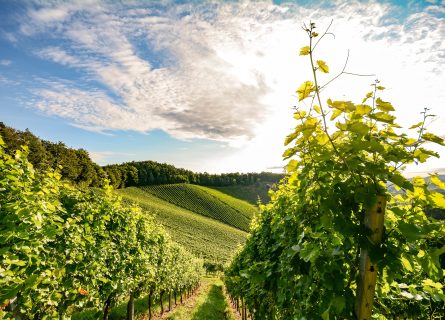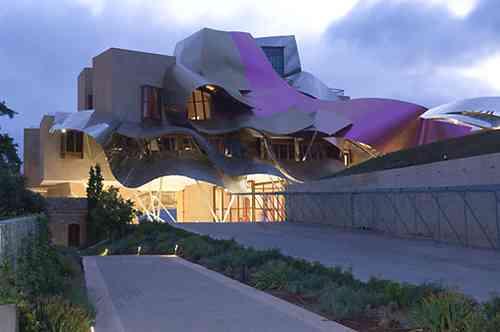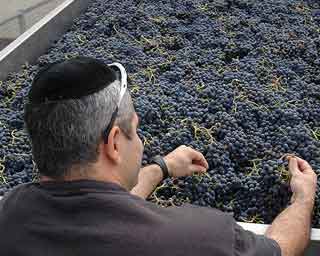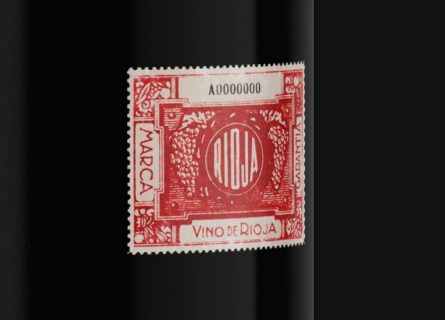Gijón Travel Guide
Discover the Best of Gijón: Explore Asturian Culture, Cuisine, and Coastline
Many discerning visitors are discovering Asturias and Cantabria’s exquisite green landscapes and vibrant culture. From the Pyrenees to the Portuguese border, the Atlantic coast is at its most scenic here, while the mild climate has created lush meadows and broad-leaved forests – a picturesque paradise indeed. However, the jewel in Asturias’ crown is undoubtedly the city of Gijón, an industrial port and cultural capital that is refined and ‘real.’ This isn’t a tourist enclave but a living, breathing Spanish city untouched by mass tourism.
Gijón‘s history is shrouded in mystery until the 13th Century – in 1270, the Spanish King Alfonso X bestowed the settlement of Puebla’s status (village). However, Northern Spain and, indeed, Asturias boast a long and turbulent history – nomadic tribes and neolithic farming communities were eclipsed by settlers from the Mediterranean, who were, in turn, supplanted by the Romans. They came to Spain to fight the Carthaginians and take possession of the Iberian Peninsula’s enormous mineral wealth. Nevertheless, it took 200 years to subdue Spain.
Unfortunately for the Romans, the fall of the Empire in the 5th Century left Spain in the Visigoths’ hands, invaders from the north. In the 6th Century, Asturias fell under the control of the Visigoth King Sisebut, although at this point in history, it is unclear if Gijón existed as a settlement at all. However, historical evidence shows that after the Moors conquered most of Spain following their invasion in 711, Gijón, or the land where modern-day Gijón stands, fell under the Berber governor’s control as Uthman ibn Naissa or Munuza.
In 718, the tide started to turn, and Christians defeated a Moorish force at Covadonga in the Picos de Europa. Asturias subsequently became one of Spain’s first Christian Kingdoms, although the Moors made several attempts to reconquer their lost territory. After that, there is no elegant mention of Gijón again until 1270. But we are confident that Asturias’s forces helped to regain land from the Moors in the 11th Century and that by the 1400s, only parts of Andalucia remained under Muslim control.
After Alfonso X of Castile officially recognized Gijón as a village in the 13th Century, the settlement became important as an Atlantic port. But, sadly, the good times would not last – the war in the late 14th Century between Henry III (Prince of Asturias) and Alfonso Enriquez of Castile decimated Gijón.
However, the 15th and 16th centuries would see peace and prosperity return to this corner of Asturias. In the same year (1492), the Catholic Monarchs captured the last Moorish stronghold of Granda, and Columbus discovered the Americas. Subsequent trade with the New World brought unprecedented riches to Spain – coastal cities such as Gijón benefited enormously from the new trade routes. The town had many fine new buildings, a dock, and an improved port area. This prosperity continued into the 17th Century, during Spain’s Golden Age.
This era gave birth to Spain’s most famous artists – El Greco and Velazquez – and writers, especially Cervantes and Lope de Vega. Gijón‘s importance as a port of commerce grew, as did the mansions, which soon became an emblem of the town. Yet all was not well in Spain – ruinous wars with the Low Countries and France led to economic deterioration, and the good times were about to end.
In the 18th Century, they brought hardship and good fortune to the people of Gijón. Carlos II’s death signaled the Habsburg line’s end, and Felipe V, the first Bourbon King, ascended the throne in 1700. Spain was subsequently ruled as a centralized nation after Felipe V defeated the forces of Barcelona in 1714. Later in the Century, Gijón benefited enormously from creating the Oviedo–Gijón road, which helped to encourage further trade and the industrialization of Asturias. This Century also saw the birth of the city’s most famous son, Gaspar Melchor de Jovellanos, an eminent author, reformer, and diplomat.
The 19th Century was no less contradictory, a time of economic growth, industrialization, and bloody conflict. Gijón was a thriving city, well-placed to take advantage of the growing importance of mining coal and European trade via its excellent infrastructure, mainly its expanding port. A new port called El Musel was built in 1893, the first entry point for coal into Spain. Hand in hand with this impressive economic growth was rapid urbanization – new streets, squares, and neighborhoods such as La Calzada sprung up, and Gijón’s population ballooned during this period. Meanwhile, an invasion by revolutionary France led to the War of Independence or Peninsula War. Later came the Carlist Wars – caused by another succession dispute – liberal revolts, and the short-lived First Republic.
The defining moment of the 20th Century was the start of the Spanish Civil War in 1936. On 17 July, Nationalist generals rose against the Republican Government and declared Franco head of state on 29 September. Gijón sided with the Republicans, and fierce fighting broke out until August when the resistance was wiped out. Subsequently, Nationalist troops captured Gijón in October 1937 and occupied the city until the end of the war in 1939. After the War, Franco tightened his grip on Spain, outlawing the regional languages and unifying Church and State.
Gijón breathed a sigh of relief in 1975 – Franco’s death and the transition from dictatorship to democracy proved surprisingly swift and painless. The previously outlawed Socialist Workers’ Party won the general election in 1982 and set about modernizing Spain, devolving considerable power to regions like Asturias. Unfortunately, the last decades of the 20th Century saw the decline of once-prosperous metallurgical and shipbuilding industries, as competition from emerging economies made these enterprises unprofitable.
Nevertheless, Gijón greeted the 21st Century with optimism – new industries have emerged, and the city increasingly benefits from domestic and foreign tourism. Yet the beauty of Gijón is its timeless quality, typified by a stroll through the city’s charming old town, situated on a small isthmus and headland. Known as the “Barrio de Cimadevilla,” it centers on the arcaded Plaza Mayor. Locals gather in their droves to sip wine and sometimes listen to Asturian bagpipers’ powerful melodies, often seen in the old town. Masters of the Gaita Asturiana are a fitting emblem of a city that, while contemporary and modern, also proudly clings to its fascinating past.
-
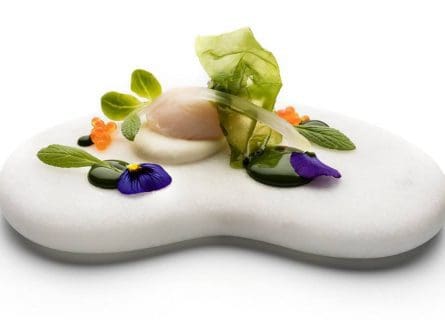
Tasty Scallop starter at Restaurante Auga Gastronomy & Wine
Asturias has always been self-sufficient in the gourmet food department, ensuring that any meal in Gijón is usually excellent and often memorable. Indeed, foodies and chefs who care to forage in this exquisitely beautiful and misty land will encounter no end of delights; game birds, wild boar, deer, sheep, and cattle roam freely in the Picos de Europa. Meanwhile, the Atlantic provides all the fresh seafood and fish a visiting sybarite could want. The list is endless: scallops, hake, monkfish, spider crabs, lobster. In addition, freshwater rivers keep market stalls readily supplied with wild salmon, another highlight of local gastronomy.
The region is also renowned for various beans, particularly the large white ones they call fabes, a vital component of the signature dish La Fabada, a bean and meat stew. But if there is one subject that arouses passion, then it is apples. Yes, apples are a prominent sight across Asturias. The plentiful and pretty apple orchards are certainly put to good use – apple tarts, apple cakes, apple pancakes, and apple puddings are all moreish sweet treats. However, Apple cider is our favorite result of this magnificent bounty; made from a blend of sweet and acid apples, the best Asturian cider shies the commercial brands. Powerfully flavored and aromatically complex, it is traditionally poured from on high in the siderias (cider bars) so that it aerates as it splashes into glasses and onto the floor. So leave the Rioja (for once) and instead explore this regional delight.
Merluza a la Sidra (hake cooked in cider) is another fantastic example of cider’s endless possibilities. Wine-wise, the choices aren’t vast; Asturias is the only region in Spain without a longstanding wine production legacy. However, many family-owned vineyards are forging reputations for themselves, using mainly indigenous varieties such as Carrasquín and Castro de Limes.
Finally, don’t forget to sample one of the delicious local cheeses before you leave Asturias. The region in Europe offers the broadest range of cheese, rightly referred to as “el pais de los quesos” (land of the cheeses). Aficionados always swoon over the pungent and strong-tasting Cabrales, a hard blue cheese traditionally matured in mountain caves across the Picos. Another highlight is Los Beyos, a pungent cheese made from cow, ewe, or goat’s milk. Gamoneu and Penamellera are no less divine.
Highlights
-
Restaurante Auga
Restaurante Auga in Gijón is a culinary gem that offers an unforgettable dining experience. Chef Gonzalo Pañeda’s restaurant showcases Asturian cuisine’s authentic flavors using fresh local ingredients. The ambiance is elegant and welcoming, with an attentive staff and an impressive wine selection. Sommelier Antonio Pérez is always on hand to advise on what wines will perfectly complement our dish. It’s a must-visit for food lovers exploring Gijón, promising an immersive journey through the heart of Asturias.
-
Jardín Botánico Atlántico de Gijón
This is something very special. Gijón‘s pride and joy, the Atlantic Botanical Garden specializes in the flora and diverse vegetation of the Northern Atlantic. It is organized into four main collections: local flora, plants of the Old and the New Worlds, a recreational garden from the 19th Century, and the main biomes from both shores of the ocean—a must-visit.
-
Tazones
The very epitome of picturesque, Tazones is a delightfully sleepy fishing village that comes alive in the summer months. Marvel at its timeless beauty and stay for dinner. Fresh seafood doesn’t get any better than this.
-
Barrio de Cimadevilla
Welcome to the heart and soul of Gijón. Located on a small headland, Gijón‘s old town is full of lively tapas and bars, an ideal place to sip cider and watch the world go by. The architecturally splendid Plaza Mayor and the 18th-century Palacio de Revillagigedo, a Neo-Renaissance folly with towers and battlements, provide the cultural juxtaposition to all that hedonistic pleasure.
Recommended for you
More information
If you would like us to customize an exclusive luxury tour, contact us and let us know your travel plans. We offer luxury food and wine tours for private groups of a mininium two guests. In addition, all of our private, chauffeured tours are available year-round upon request.


